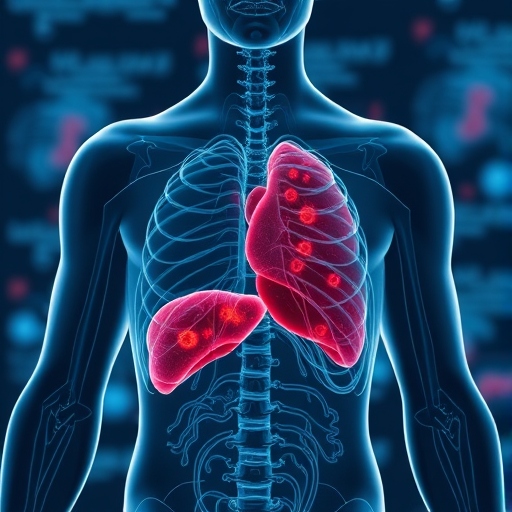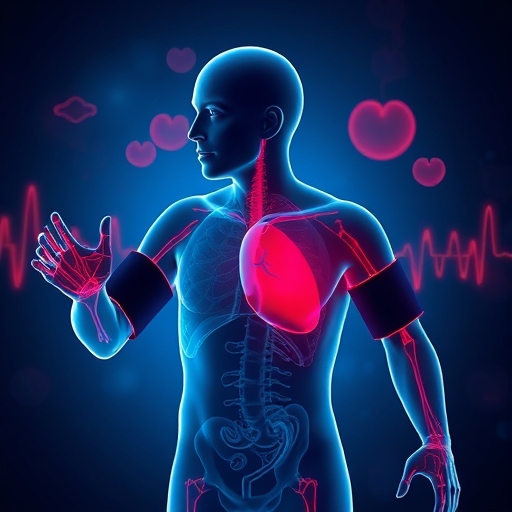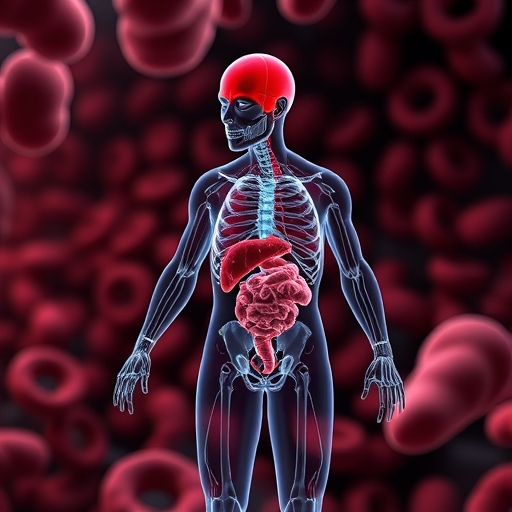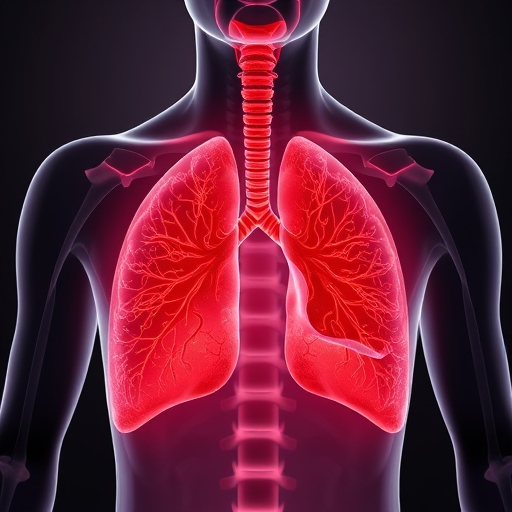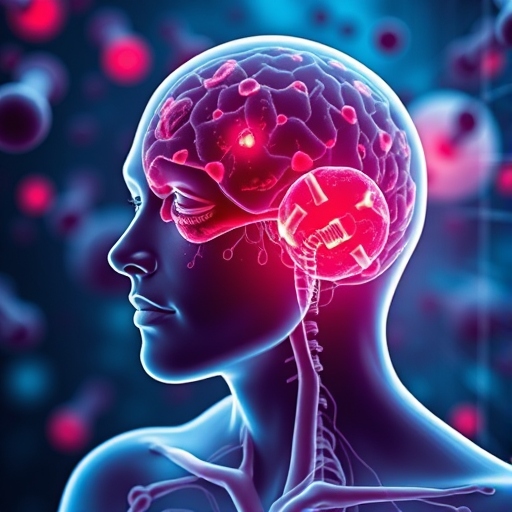Understanding Type 2 Diabetes: Causes, Symptoms, Management, and Prevention
Type 2 diabetes is a growing health concern affecting millions of people globally. Unlike Type 1 diabetes, where the body fails to produce insulin, Type 2 diabetes is characterized by insulin resistance or inadequate insulin production. This comprehensive article aims to explain the nature of Type 2 diabetes, its causes, symptoms, complications, management strategies, and preventive measures. What is Type 2 Diabetes? Type 2 diabetes is a chronic condition that affects the way your body metabolizes sugar (glucose), which is an essential energy source. In Type 2 diabetes, the body either becomes resistant to insulin or does not produce enough insulin. This results in elevated blood glucose levels, leading to various short- and long-term health complications. The Role of Insulin Insulin is a hormone produced by the pancreas that plays a vital role in regulating blood sugar levels. When you eat, carbohydrates are broken down into glucose, which enters the bloodstream. Insulin helps cells absorb glucose for energy or storage. In individuals with Type 2 diabetes, the following can occur: Causes of Type 2 Diabetes The exact cause of Type 2 diabetes is complex and involves multiple factors, including genetic, environmental, and lifestyle influences: Symptoms of Type 2 Diabetes Type 2 diabetes symptoms can develop gradually and may go unnoticed for years. Common signs and symptoms include: It’s important to note that some individuals may not experience significant symptoms, leading to delayed diagnosis and complications. Complications of Type 2 Diabetes If left unmanaged, Type 2 diabetes can lead to serious health complications, including: Diagnosis of Type 2 Diabetes Type 2 diabetes is diagnosed through several tests to measure blood sugar levels: It’s essential to follow up with healthcare providers to interpret the results and recommend further evaluations or treatments. Management of Type 2 Diabetes Managing Type 2 diabetes effectively requires a multi-faceted approach that includes lifestyle modifications, medication, and regular monitoring: Lifestyle Modifications Medications While lifestyle changes are crucial, many individuals with Type 2 diabetes may require medication to achieve optimal blood sugar control. Common classes of diabetes medications include: Regular Check-ups Routine visits to healthcare professionals are vital for monitoring diabetes management and prevention of complications. These check-ups often include: Prevention of Type 2 Diabetes Preventing Type 2 diabetes is possible, especially for those at higher risk. Key preventive measures include: Conclusion Type 2 diabetes is a complex but manageable condition that requires a proactive approach to health. Understanding the causes, symptoms, and potential complications can empower individuals to take charge of their health and make informed decisions. Through lifestyle changes, regular monitoring, and adherence to treatment plans, those diagnosed with Type 2 diabetes can effectively manage their condition and reduce the risk of complications. Additionally, preventive strategies are crucial for those at risk, helping to promote a healthier future for individuals and communities alike. If you suspect you are at risk for Type 2 diabetes or are experiencing symptoms, consult a healthcare professional for evaluation, guidance, and support. Early intervention can lead to better outcomes and improve the quality of life for those diagnosed with this condition.
